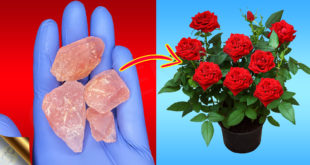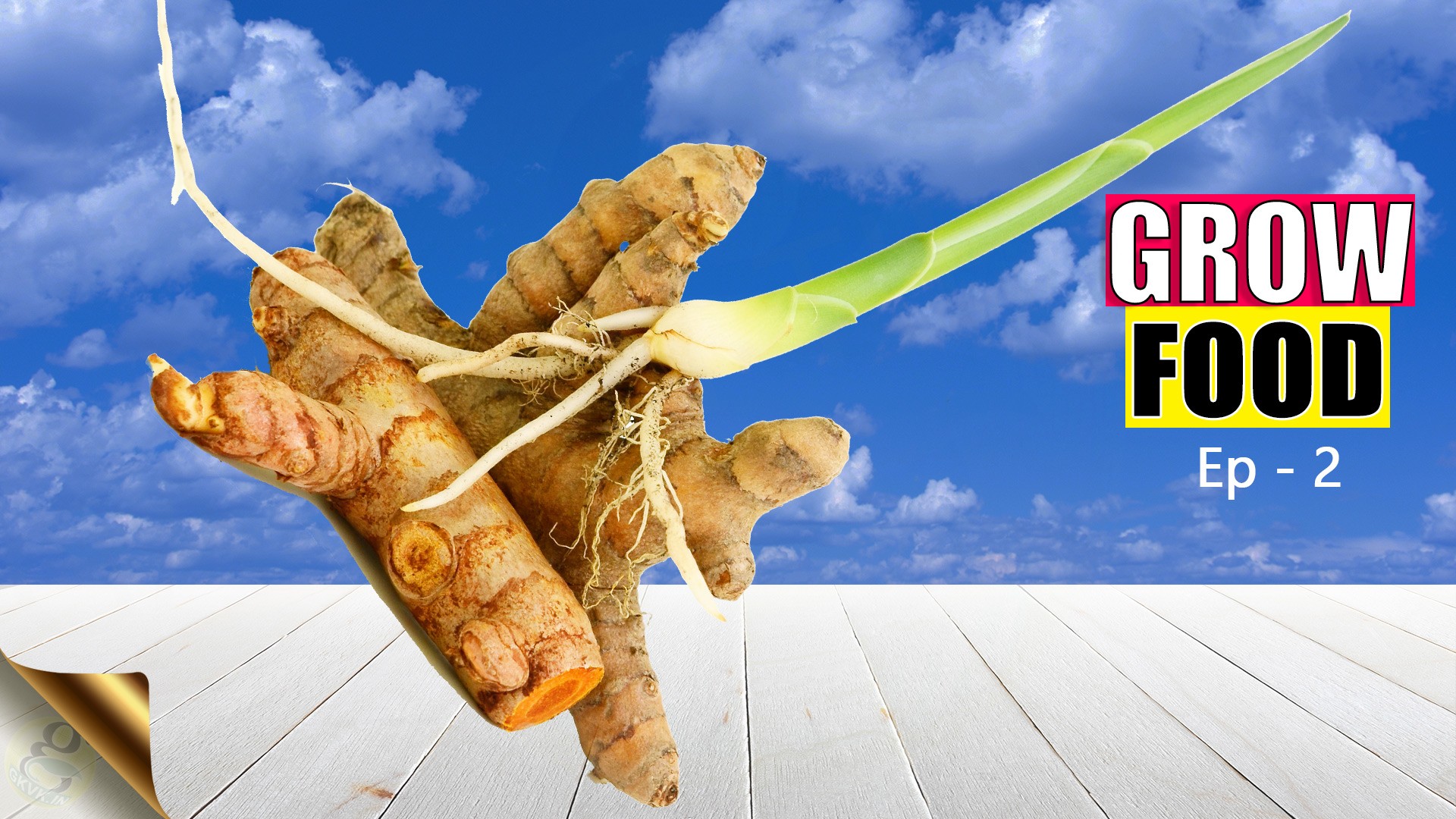In Today’s article, we will look into some amazing miracles of organic Epsom salt in gardening. We will learn, why you should use Epsom salt for your plants and how to use Epsom salt as a liquid form and also in your potting mix.
Epsom salt is an easily available inexpensive naturally occurring mineral salt that has a variety of applications. It is used in medical science, agriculture, gardening and even for many home remedies for health and beauty.
Epsom salt is chemically Magnesium Sulphate and obviously
contain the element Magnesium.
Did you know Magnesium is the central atom in between four nitrogen atoms in
the chlorophyll molecule. For beginners, Chlorophyll is the pigment present in
leaves which is essential for photosynthesis – that’s plant food
production. Its so much important and that’s the reason why Magnesium is rightly
called as the MAJOR MINOR ELEMENT.
For beginners, the Major elements required for plant growth are the NPK –
nitrogen, phosphorous and Potassium and Minor elements like Magnesium, calcium,
boron, zinc, iron and others.
Now let s list out the best uses of Epsom salt in gardening and farming and how to and how much Epsom salt to use for each gardening task. Please watch this episode till the end.
- Seed Germination: Magnesium is proven to help in seed germination and helps by strengthening the cell walls and leading to much stronger seedlings. You should be aware of this problem called Damping off which affects the seedlings resulting in rotting and death of young plants.
Of course this topic needs another detailed episode to discuss in detail. But for now remember, to prevent this problem, Make a solution of 1 teaspoon of Epsom salt in 1 litre of water and spray it on the seedlings once ot twice daily. 1 teaspoon is roughly 5 gms by weight. - Improve Foliage Appearance and Strength: Meaning increase the greenery of your leaves or even lawn grass. As I said earlier, Magnesium is an essential component in the production of chlorophyll which is the green pigment in plants. For this you can make a foliar spray made of 1 teaspoon in 1 litre of water. Spray this once every 15 days to keep your plants lush green. If you are lazy or do not have time to make a foliar spray, you can even sprinkle 1 or 2 pinches of epsom salt around your plant soil. It is water soluble and can easily get in through the roots of the plant whenever you water the plant. Another method is drenching the plant with Epsom salt solution when you are watering your plants. For this you can use half a teaspoon per litre of water and drench your plants whenever you are watering them. This way it will uptake magnesium from the roots as well as from the leaf stomata.
- Treatment and Prevention of Leaf Curling which is due to magnesium deficiency. Of course there are many reasons for leaf curl and leaf discoloration whether upcurl or downcurl and there is a pattern to identify different micronutrient deficiencies. I have discussed in detail about leaf curl in one of my episodes.
To treat leaf curl, you can mix two teaspoons or 10 gms in 1 litre of water and spray this on your plant foliage. Make sure the foliar spraying is done max at the underside of the leaves, because the stomata or leaf opening for absorption are located in large numbers at the underside of the leaves. - Transplant Shock or Repotting Shock: When we repot a plant, the roots and the plant invariably face a bad situation what is called as transplant shock which can even kill your plant. To counter this You can follow two method. When you take out the root ball for repotting, you can just soak it for an hour in Epsom salt solution. Or alternately you can just water the plant with the Epsom salt solution immediately after repotting. The dosage is again the same proportion – 2 teaspoons in 2 litres of water per plant. Water this weekly once or till the plant recovers.
- Nutrient Absorption: Magnesium is a component of many fertilizer products because it facilitates the roots to uptake or absorb vital nutrients like nitrogen, phosphorus, sulfur and other nutrients.
- Magnesium-hungry crops and plants, like potatoes, roses, tomatoes, lemon trees, carrots, and peppers are very much benefited. You get healthier Fruits and Vegetables when you use Epsom salt once every 15 days or atleast once a month.
- Garden Pests like Slugs and snails are killed by Epsom salt. Directly sprinkle on these common garden pests.
- Get beautiful, healthy and big sized roses by using Epsom salt. As I mentioned rose is one of the magnesium hungry plants. Adding Epsom salt along with decomposed cow dung or vermicompost once every 15 days to your rose plant around the soil can really make a difference. You can also perform a foliar spray of Epsom salt solution as mentioned. The dose is same like 1 teaspoon in 1 litre of water.
- Adding it in Potting Mix: Magnesium sulfate is pH neutral, so it won’t significantly alter the soil PH. You can watch my detailed article on the Universal Cock-tail fertilizer powder we prepared by mixing a lot of stuff.
Please Like, Share and comment below with your queries and feedback.
Happy Gardening!
 GKVKs – Gardening Tips and Store Gardening Tips and Store
GKVKs – Gardening Tips and Store Gardening Tips and Store




